Ark of the Covenant “with Ten Commandments” Statue
Ark of the Covenant Statue with high quality decor, hand-cast using real crushed stone bonded with durable designer resin, this Ark of the Covenant statue is then finished with faux gold gilding. This detailed piece also features a removable lid to view the tablet, rod, and manna within. Every symbol and glyph on this sculptural box has specific scriptural references to the Ark of the Covenant. This museum-quality work is sculpted and hand-painted to the best historic specifications scholars have discovered about the actual ark. Rich with the colors of an Egyptian palette, this collectible work of art opens to hold your treasures. Commandments are said to have been kept in an ornate box much like this sculptural interpretation of an 18th-century drawing, along with Aaron‘s rod, a staff endowed with miraculous power, and a pot of manna, an edible substance that God provided to the Israelites following the Exodus. In the Bible and Torah, God provides Moses detailed instructions for how to build the Arc including that it should be gilded with gold and covered with 2 golden cherubim, the Arc is then to be covered with a veil. Complete with Guardian Cherubim and ornate embellishments. The Ark of the Covenant is described in the Bible as a holy container where the 10 Commandments and other holy Israelite objects are held. According to the Bible, Yahweh commanded the ark be built when Moses had a prophetic vision at Sinai (Exodus 25:9-10).
Some people believe the Ark contained Aaron’s Rod, a jar of Manna, and the first Torah Scroll written by Moses, based on their reading of Book of Exodus, Book of Numbers, and the Letter to the Hebrews. The first of the Books of Kings says that during the time of King Solomon, the Ark held only the Ten Commandments. The Hebrew word aron is used in the Bible to designate any type of ark or chest, for any purpose (Genesis 50:26; 2 Kings 12:9, 10). The Ark of the Covenant is distinguished from all others by such titles as “Ark of God” (1 Samuel 3:3), “Ark of the Covenant” (Josh 3:6; Hebrews 9:4), “Ark of the Testimony” (Ex. 25:22). The Ark (aron kodesh in Hebrew meaning holy cupboard) is a raised cupboard found in Jewish Synagogues which contains the Holy Torah scrolls. These are all written by hand and can take years to make. It is always on the wall of the Synagogue which faces towards Jerusalem. When the Ark is opened and the Torah removed for reading everyone stands in respect of God. During some prayers and services the Ark doors an inner curtain (parochet) are kept open. The Bible describes the Ark as made of acacia or shittah-tree wood. It was a cubit and a half broad and high, and 2 and a half cubits long (about 130 cm × 78 cm × 78 cm or 4.29 feet × 2.57 feet × 2.57 feet, for Egyptian royal cubit was most likely used). The Ark was covered all over with the purest gold.
The 10 Commandments of God:
- I am the Lord your God. You shall not have strange gods before me. You shall not make to thyself any graven thing; nor the likeness of anything that is in heaven above, or in the earth beneath, nor of those things that are in the waters under the earth. You shall not adore them nor serve them;
- You shall not take the name of the Lord your God in vain;
- Remember to keep holy the Sabbath day;
- Honor your father and your mother;
- You shall not kill;
- You shall not commit adultery;
- You shall not steal;
- You shall not bear false witness against your neighbor;
- You shall not covet your neighbor’s wife;
- You shall not covet your neighbor’s goods.
Ark of the Covenant with “Ten Commandments” Statue sizes: 4 inches / 10 cm x 11.5 inches / 29 cm x 7 inches / 18 cm.
Ark of the Covenant Statue on Amazon.
Ark of the Covenant Statue on eBay.
Religious Statues, Christianity Statues and Islamic Statues.


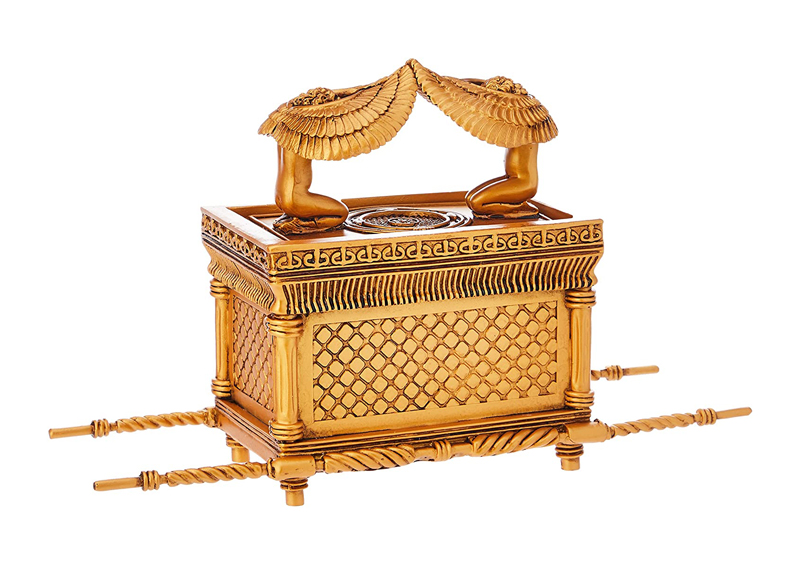

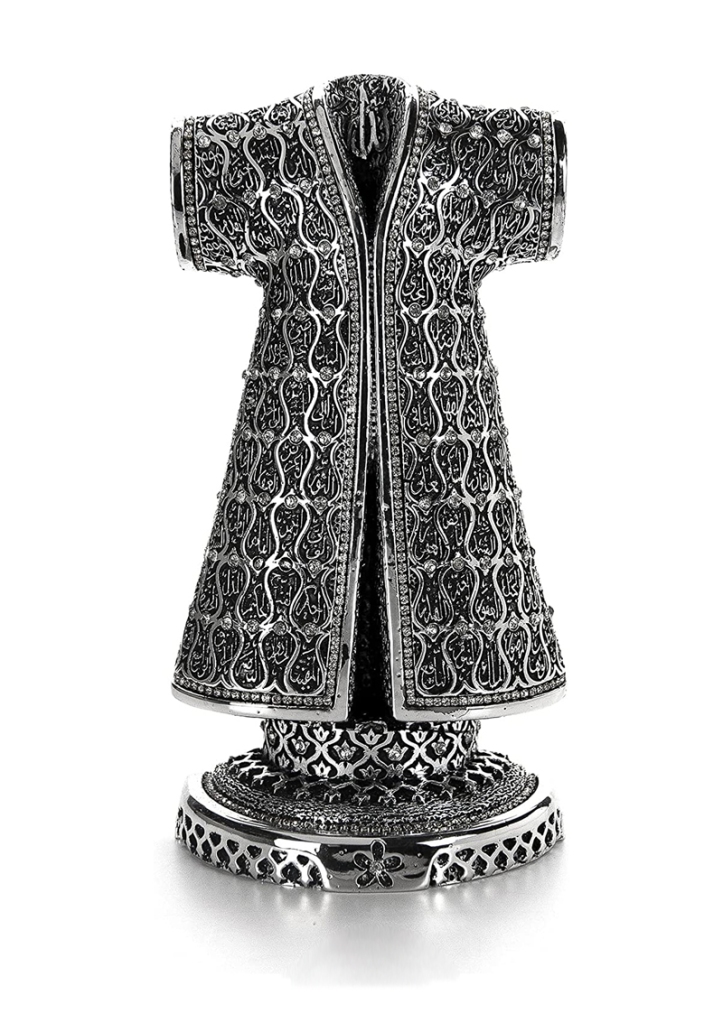
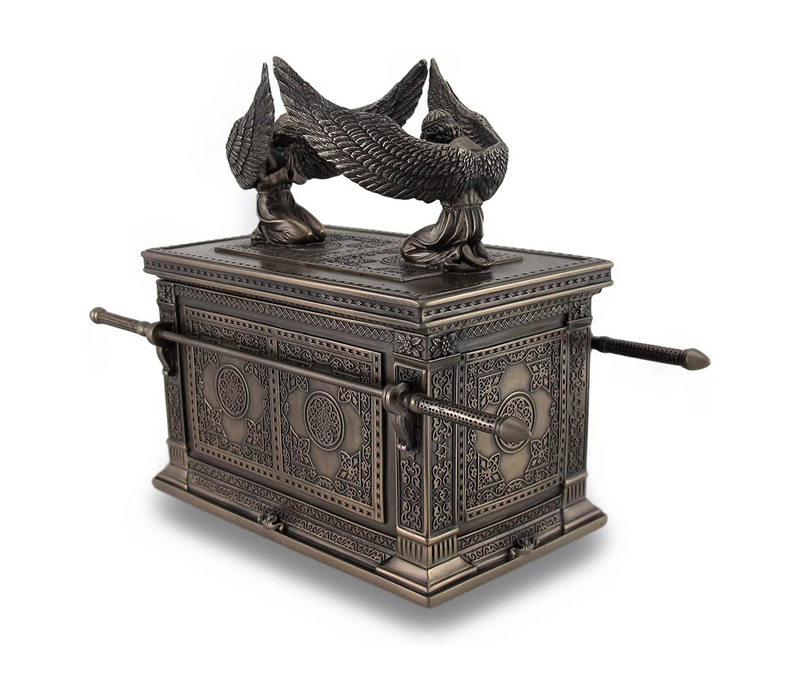
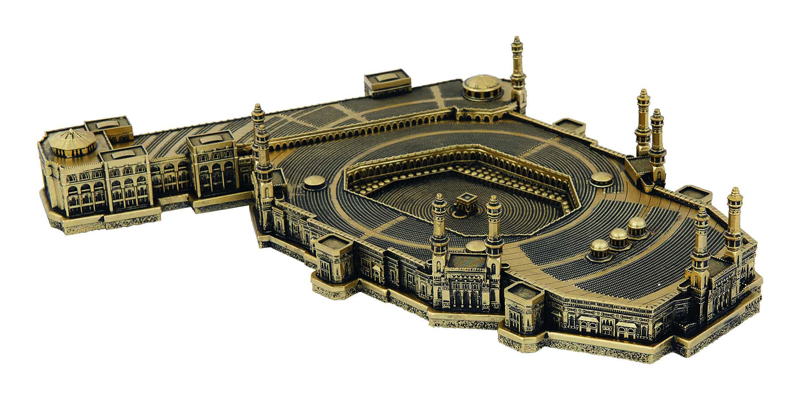

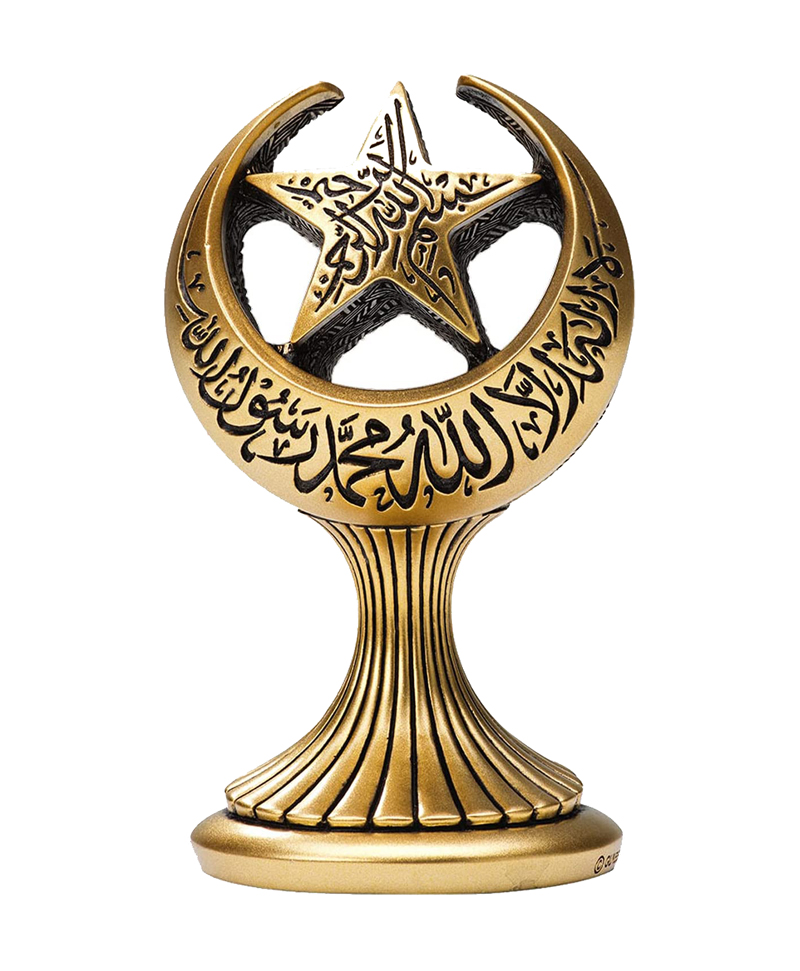
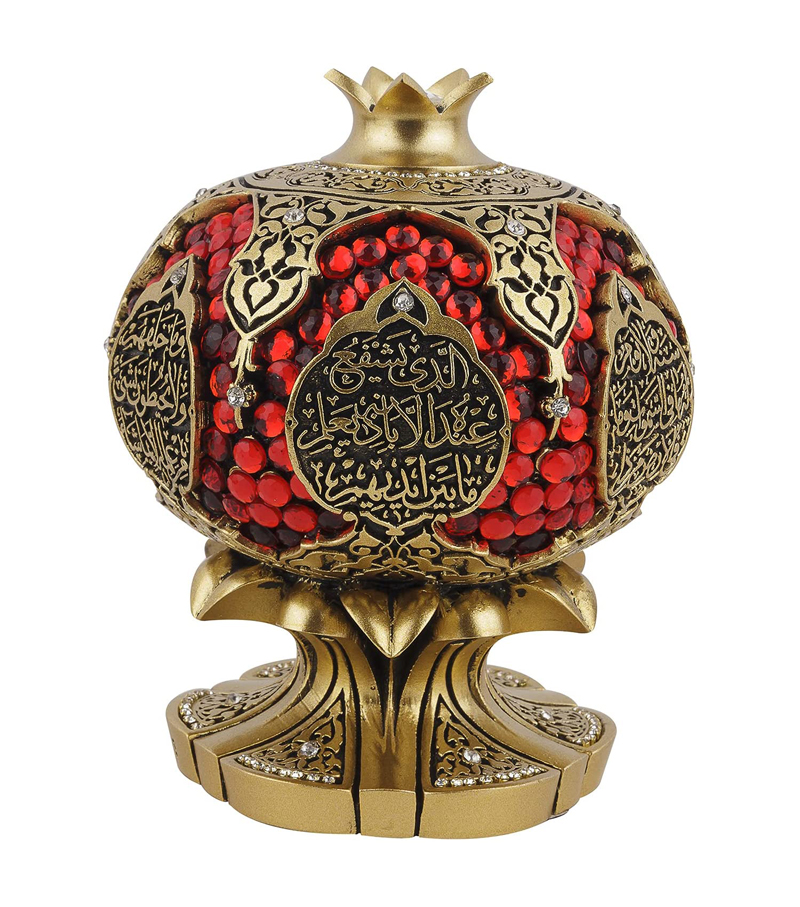
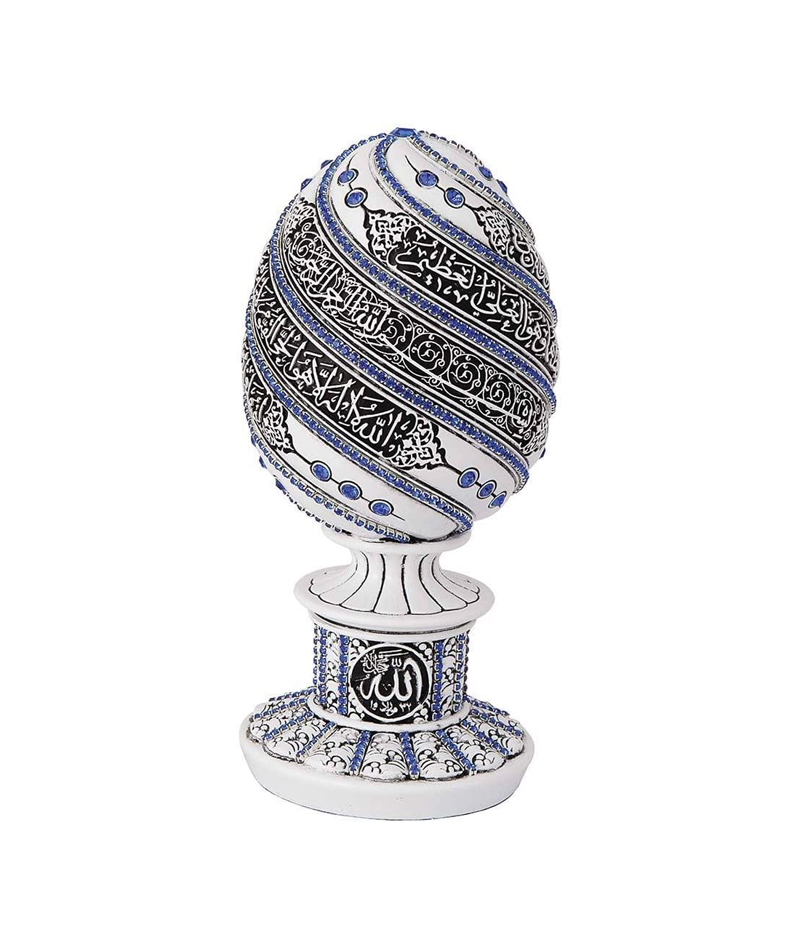
You must be logged in to post a comment.